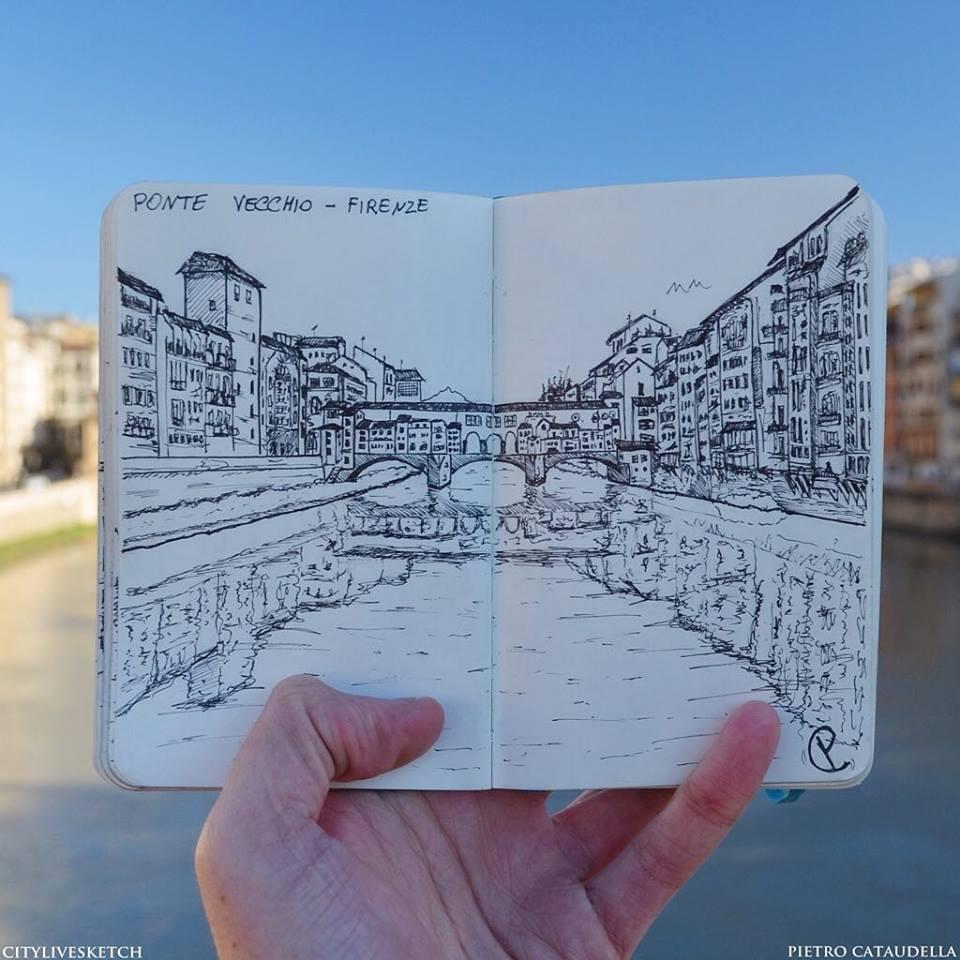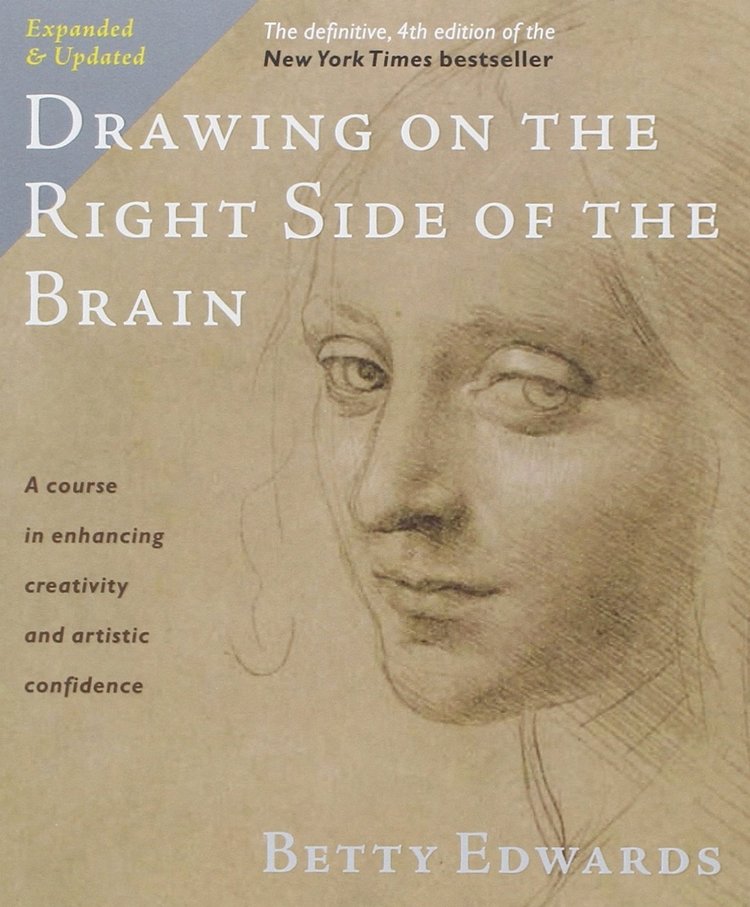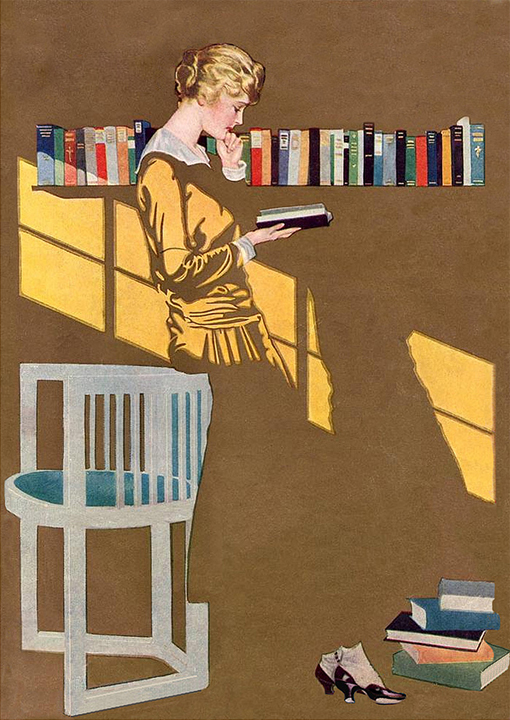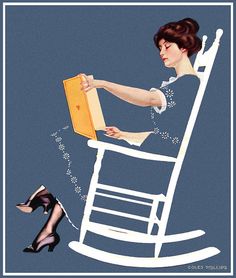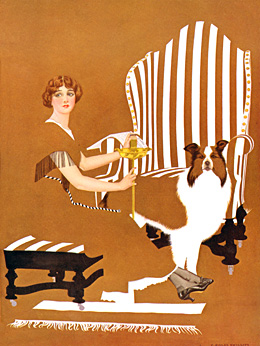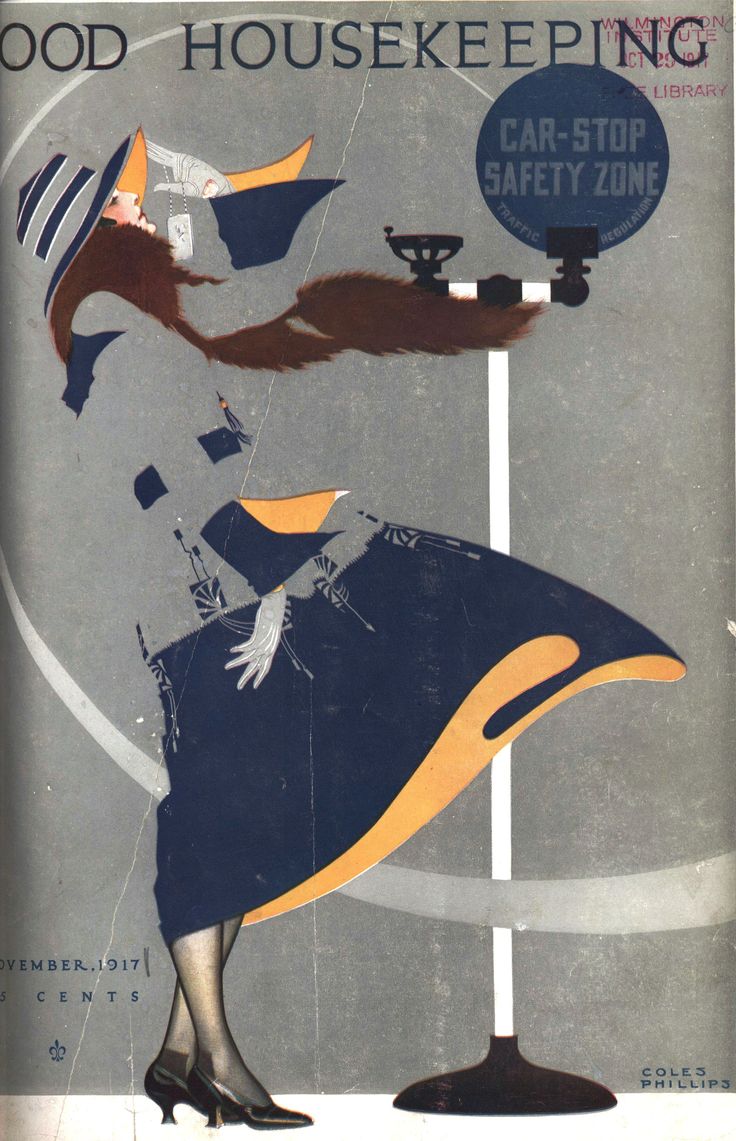Dear friends of Drawing on the Right Side of the Brain®,
Welcome to our new Website! I hope that you will find it up-to-date, full of useful information, and easy to use.
We made special efforts to make sure that the new site provides quick and easy ways for you to learn about the theories behind Drawing on the Right Side of the Brain®, to review our workshop schedule and sign up for a class, and to peruse our offerings of instructional drawing supplies and materials.
I’m very grateful to Robert Palmer of Honest Code, San Diego, for all his help in developing the site, as well as to my daughter, Anne Farrell, who worked on the design for many months. I’m also grateful to my son, Brian Bomeisler; son-in-law John Farrell; and to Rachael Thiele, my colleague of many years, and Sandy Manning, who runs our office. If you have any questions, click here to email Sandy, or use the Contact form on this new site.
There are now many convenient ways for you to communicate with me and my colleagues, and this new blog gives me a chance to share with you relevant articles and ideas. I hope you will make our communication a two-way street!
A new website is a great way to start the New Year, and I look forward to bringing the joy of learning to draw to many new friends.
Betty
